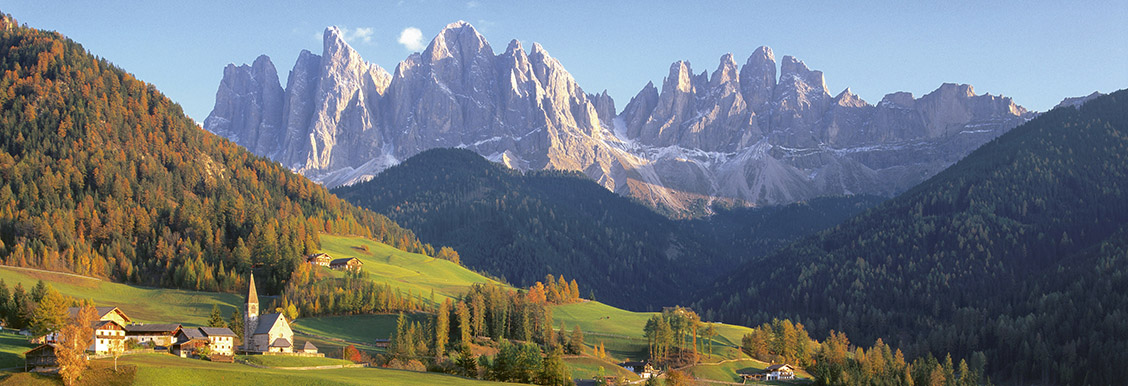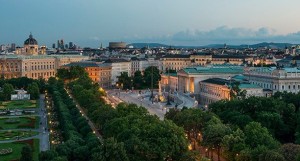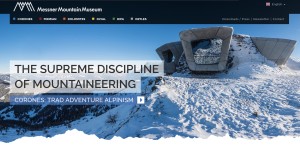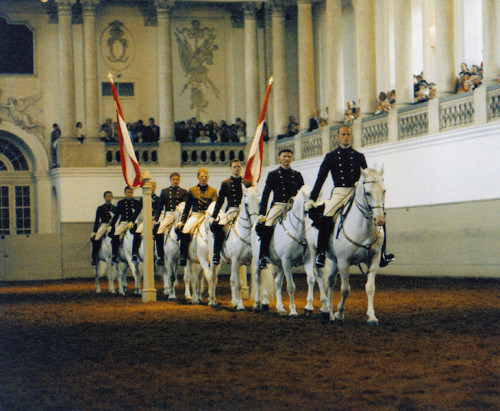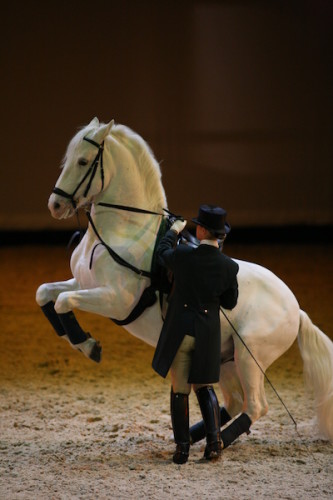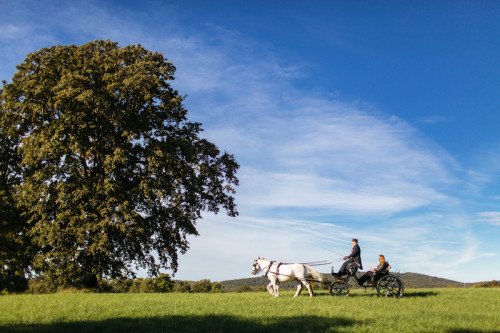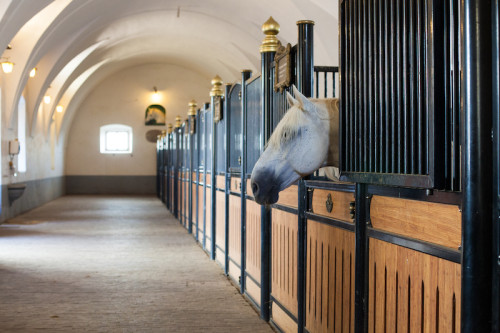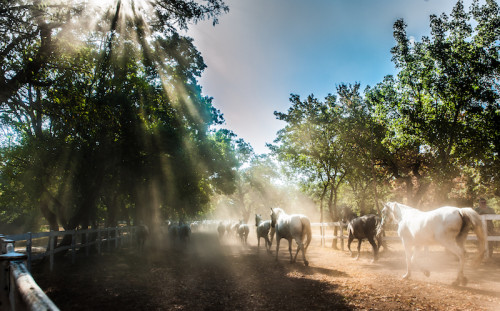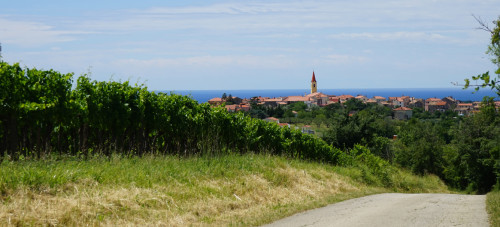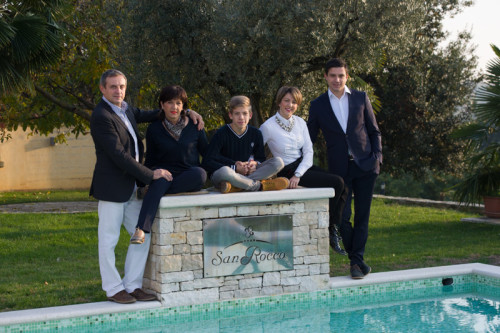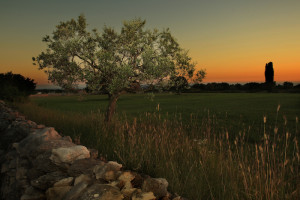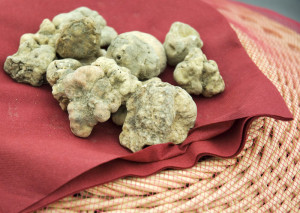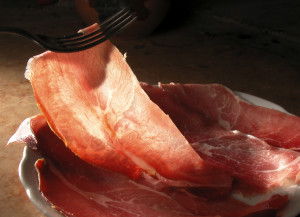(For Part I, click here)
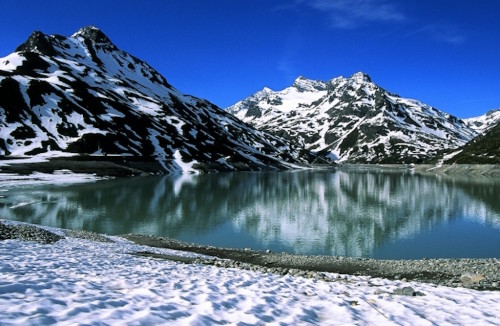
The Silvretta Range in western Austria, photographed from the roadside
The only way I can describe driving among the mountains on that day is as a sensation of near-flight. Gliding along the perfect mountain roads, I seemed to soar and sink, descend and climb, and in these motions partake in the sensations unique to flight, at once accelerating forward, upward and sideways. On those mountain roads, I felt like a hawk, lifted and dropped at a thermal’s whim. The road set my course as the wind directs a paraglider’s flight. At times, I slowly ascended on a straight path, while at others, I spiraled up around serpentine twists and – coming to a standstill – seemed to float in midair atop each saddle. With each pass crested, I swooped into the first tight hairpin bend, only to take off once again as I reached the bottom of each valley. That morning, I frolicked and played for hours, diving into broad valleys and cleaving a way between sharp peaks, forgetting about the world left underneath.
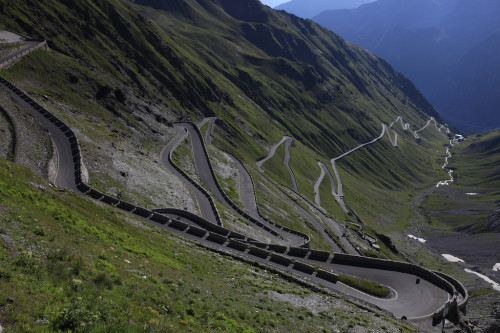
The Stelvio Pass Road
In the past – as was the case on this particular day – I had to steal a moment here or there to get my fix of mountain roads. Nowadays, it’s part of my job: I can’t believe my luck! In designing our European driving holidays, one pass that often features high on the list of “must-drives” is the Stelvio (or Stilfserjoch) at the eastern end of the Swiss-Italian border. With its 48 hairpin turns, it attracts not only drivers of cars and motorbikers, but also masochistic cyclists. For one reason or another, it has become the iconic Alpine pass and I am asked about it time and again.
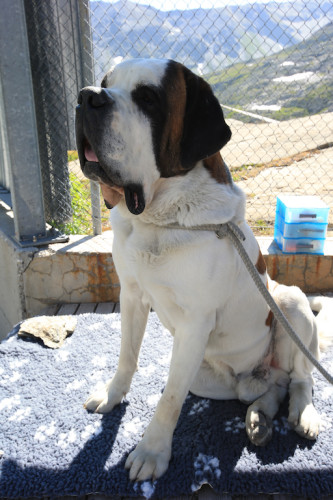
St. Bernard Dog at the Hospice
So, last year when a client asked “Can we drive The Italian Job?”, I was taken aback. I hadn’t thought about the movie or the mountain pass featured in the original 1969 version of the film for a long, long time. “Of course,” I replied, relishing the thought that, in preparation for this client groups’ trip, I would be forced, as it were, to drive it ahead of time to re-familiarize myself with it.
Rather than the dramatic Stelvio Pass, The Italian Job features the Grand St. Bernard Pass, which straddles the Swiss-Italian border far to the west. This is the mountain pass that gave the St. Bernard dog its name. (I grew up with one of these furry, cuddly beasts, and always struggled to measure up to its size, much as my mom struggled to rid my clothes of its sticky, long hairs.)
Eventually, the day arrived, last June, when I drove the Grand St. Bernard again, retracing the legendary Italian-side ascent featured so beautifully in the opening scene of The Italian Job. While Rossano Brazzi drives his Lamborghini Miura through turn after turn, along this Alpine road on a gorgeous day, the song On Days Like These plays in the background. Never in the history of movie-making has a song matched the emotion evoked by the opening sequence of a film so well.
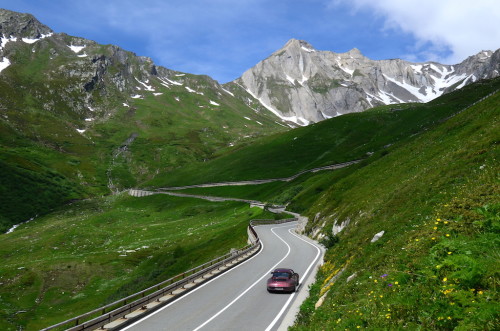
On the Grand St. Bernard Road
In my case, it was a lovely spring day and I was on my way from Milan to Gstaad in Switzerland. These days, the main road through the Aosta Valley goes through an ugly tunnel from Italy into Switzerland. If you want to drive over the pass, as I did, you have to pay attention to find the right turn-off, otherwise you might zip right past it.
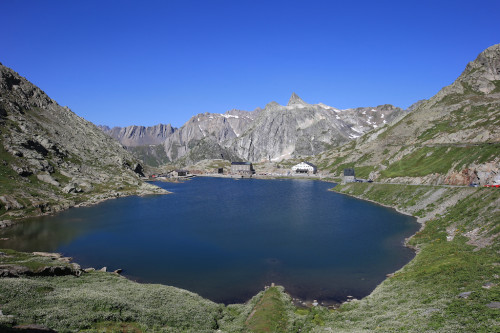
Grand St. Bernard Pass
The Italian Job road is relatively short, but what it lacks in length it compensates for with scenic beauty and spectacularly twisting bends. Its curves are just as enjoyable to drive as those of the Stelvio, if not more so: some of the Stelvio tornante are downright hard work, and drivers that miscalculate are forced, embarrassingly, to make a three-point turn. The Grand St. Bernard’s corners are gentle and a breeze to drive. Nerd that I am, I started playing On Days Like These, cranked up the volume, rolled down the window and opened the sunroof for the climb to the pass. The meadows were covered with spring flowers – I stopped a few times to smell them and take photos – and at the top, as spring gave way to vestiges of winter, I saw patches of snow. After parking my car by the lake that graces the pass, I got out, leant against the bonnet, turned my head toward the sun and closed my eyes to listen to the birdsong that floated on the breeze.
Indeed, on days like these…

Please click this link an example of one of our On the Road in Europe itineraries that features the Grand St. Bernard Pass.

